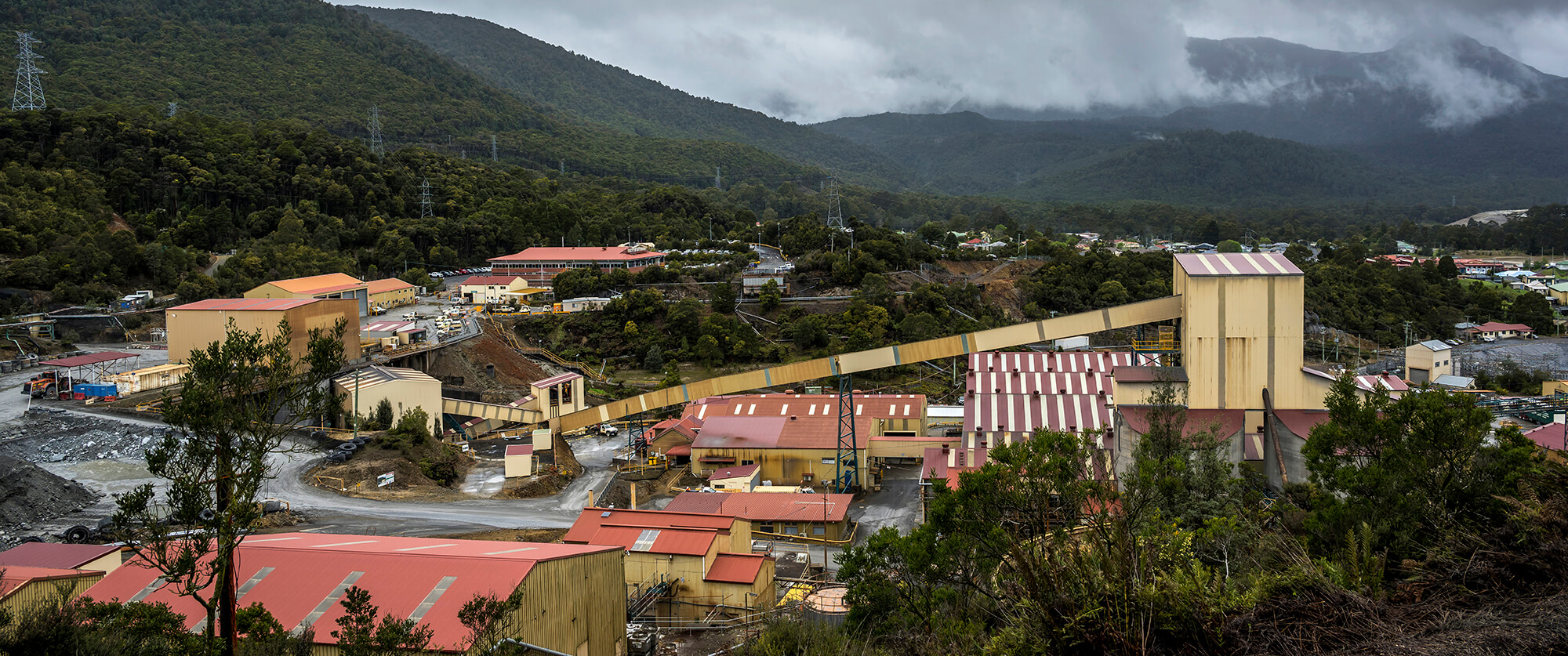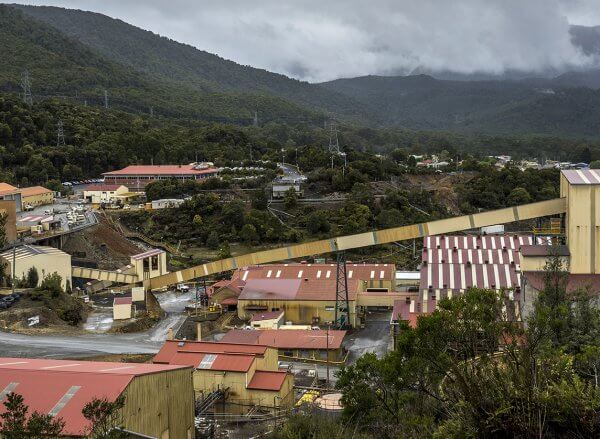We are conscious of the impacts mine closure can have on long-term land use as well as local communities.
We manage these impacts through progressive rehabilitation where possible, adequate provisioning for closure and long-term land management and biodiversity plans. We collaborate closely with local communities to explore options for economic transitions post-closure, as well as helping to diversify the local economic base to manage potential impacts on community employment and economic development.
Public engagement and involvement are hallmarks of doing business in Rosebery. The mine has been operating continuously since 1936. Today it supports more than 500 employees and contractors and their families, contributing to the local Tasmanian West Coast economy. Many stakeholders keenly follow Rosebery’s long-term plans. A 2023 community town hall meeting welcomed more than 40 Rosebery and surrounding area residents to learn about the mine’s exploration program, tailings storage solutions and key regulatory requirements seeking local input and consultation.
The town’s future options were also scoped at the community Closure Visioning Workshop, facilitated by the University of Queensland. A mine closure plan is stipulated by the regulator and adapted in view of environmental, social and community matters. This does not mean the mine is about to shut its gates. Local business owners, council representatives and the Tasmanian Police joined residents at another forum to discuss options for attracting ongoing investment and businesses.
The Rosebery team’s Life-of-mine 2028 Outlook showed tailings storage facility (TSF) capacity studies and highlighted the extensive exploration program underway to extend the mine’s operation.






